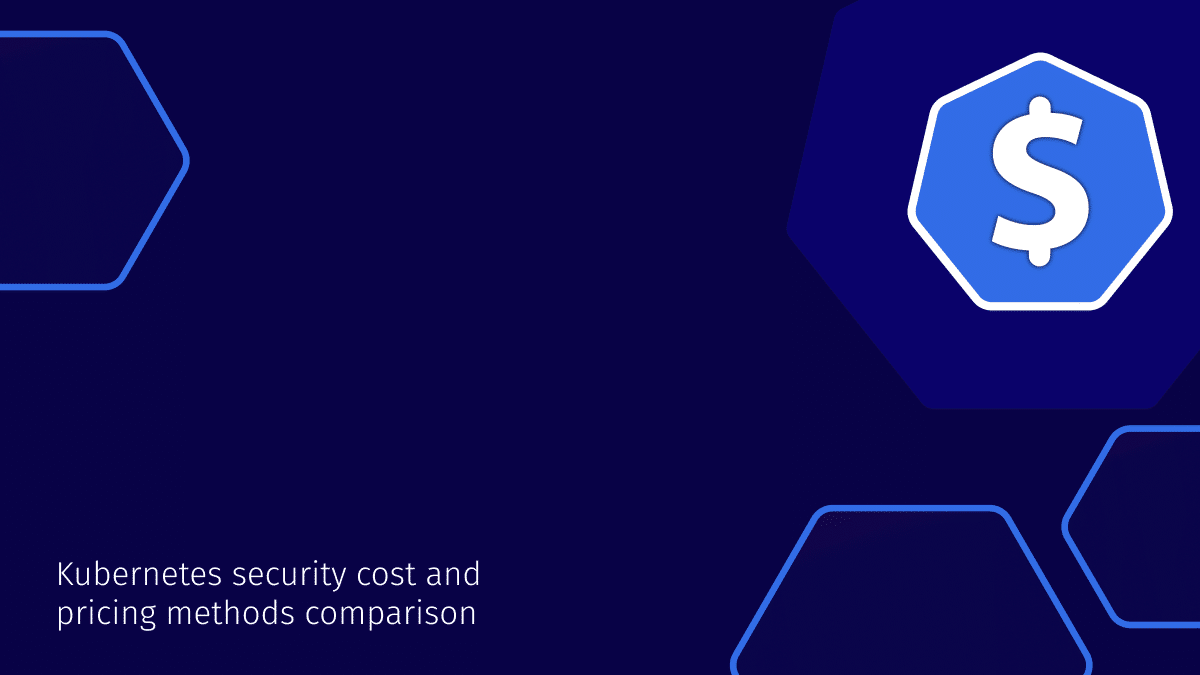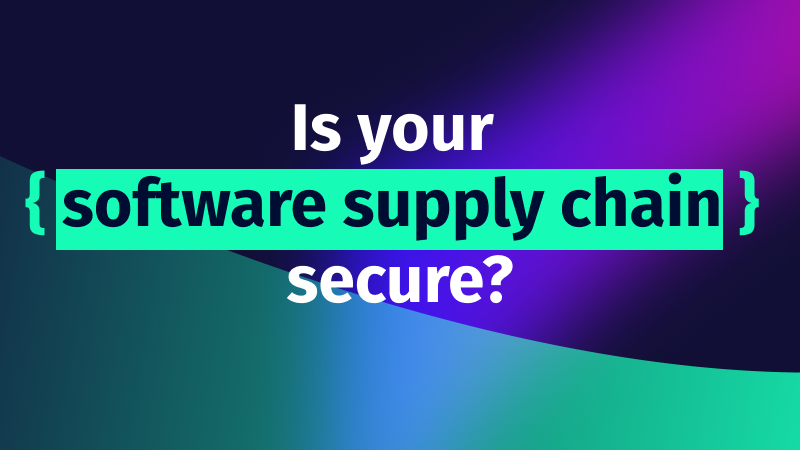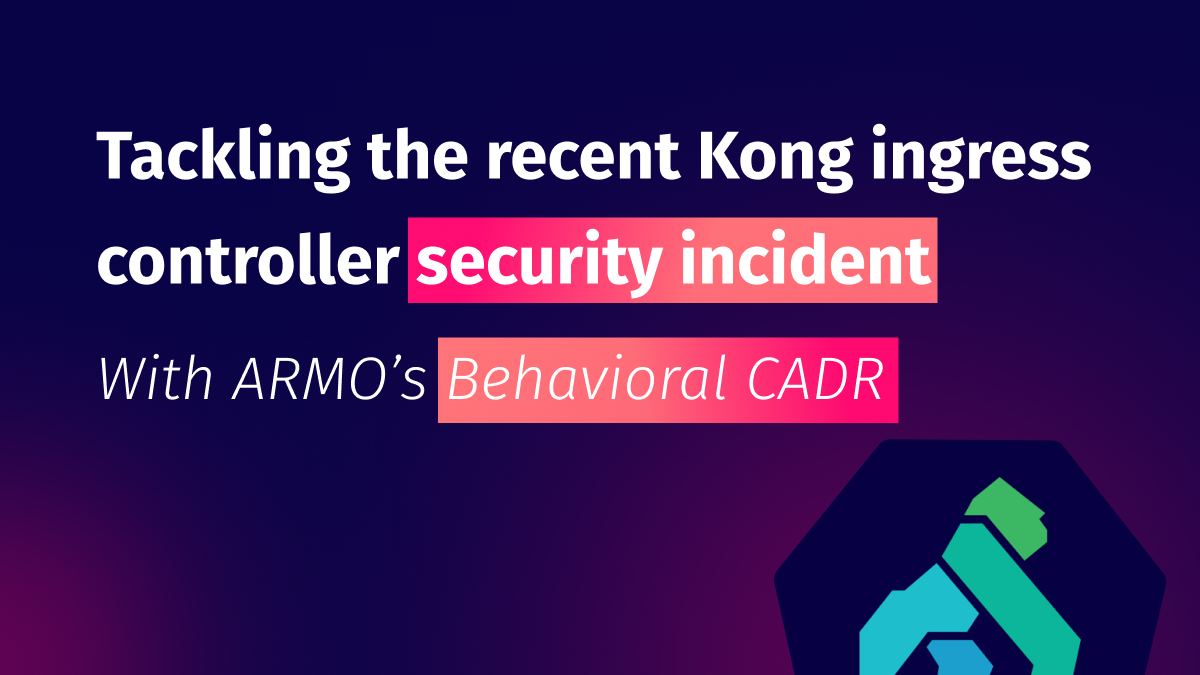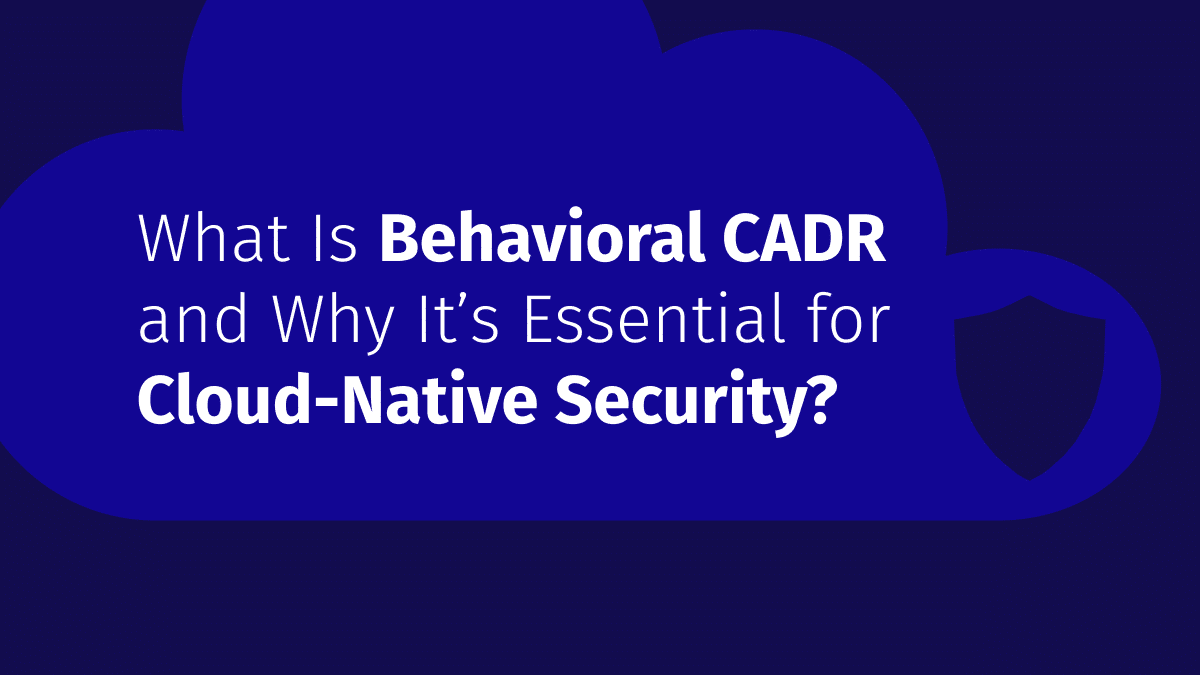Software Supply Chain Security: A Detailed Explanation
Software supply chain attacks cost businesses $45.8 billion globally in 2023 alone, and is projected...

Jan 12, 2025
It is becoming increasingly important for organizations to manage Kubernetes security costs as they deploy, scale, and manage containerized applications using Kubernetes.
Organizations must ensure robust protection without overpaying, especially as 89% of enterprises experience at least one Kubernetes or container-related security incident annually (VentureBeat).
This guide will help you understand Kubernetes security cost calculations, key pricing models, and factors that influence them so that you can choose the best solution for your setup.
Kubernetes simplifies container orchestration but introduces security complexities. Securing Kubernetes requires safeguarding multiple layers:
Threats range from simple misconfigurations to advanced runtime exploits.
Your Kubernetes security requirements grow with the size and complexity of your clusters, but they are essential regardless of their size or complexity.
Even a single-node cluster requires fundamental security measures such as securing etcd, implementing Role-Based Access Control (RBAC), and scanning container images.
As clusters scale, the need for advanced protections like runtime security, network policies, and threat detection increases, but these core security practices should always be in place from the start.
Compliance requirements in industries such as healthcare (HIPAA) and finance (PCI-DSS) often demand strict adherence to standards, which can add to the cost of Kubernetes security.
Achieving and maintaining compliance involves investing in tools for auditing, logging, and monitoring and conducting the necessary work to configure compliance scanners.
These scanners ensure that your environment remains compliant by identifying and addressing configuration issues. They often require specific configurations and certifications to meet industry standards.
Running Kubernetes in a managed cloud environment like EKS, GKE, or AKS often includes baseline security features. However, if you’re self-managing clusters on-premises, you must account for hardware, software, and human resource costs to secure your setup.
For example, a business running Kubernetes on-prem must consider additional costs for tools like container firewalls, which are typically not included in the base infrastructure.
On the other hand, a cloud-native organization might leverage cloud provider integrations, which may come with additional costs depending on the services and features used, but could offer more seamless integration with security tools.
Security expertise isn’t cheap. Organizations often upskill their teams or outsource to a managed service provider. Both options have cost implications. For example, an in-house team might need additional training and tools like the ARMO Platform for runtime protection, while outsourcing could mean paying for managed services that handle everything.
Security expenses extend beyond the initial pricing model. Some often-overlooked factors include:
Different pricing models cater to different organizational needs. Let’s break down the most common ones.
In this model, pricing scales with the number of nodes in your cluster. It’s straightforward and ideal for small, stable environments but can get expensive as your cluster grows.
Advantages:
Disadvantages:
Example, in a per-node pricing model, a three-node cluster might cost $30/month, but scaling to 100 nodes could balloon to $3,000/month, even if the additional nodes don’t proportionally increase security risks.
Here, you pay a fixed price per cluster, regardless of its size. This is simpler for organizations managing multiple clusters but might feel inflexible for smaller setups or highly segmented environments.
Advantages:
Disadvantages:
Example, this model might benefit a company with five clusters, each housing different applications. However, a startup running multiple test clusters might find it costly.
This model charges based on the number of workloads—like pods or applications—running in the cluster. It’s better aligned with usage but can become complex for dynamic environments.
Advantages:
Disadvantages:
Example, a single-node cluster running 50 workloads might cost more in this model than a three-node cluster running 10 workloads.
Pricing is based on the number of users accessing or managing the cluster. It works well for small teams but doesn’t always correlate to security needs.
Advantages:
Disadvantages:
Example, a team of 10 developers might find per-user pricing manageable, but the costs could skyrocket as the team grows to 50.
This pay-as-you-go model aligns costs with resource consumption (e.g., CPU, memory, bandwidth). While flexible, it’s hard to predict long-term needs.
Advantages:
Disadvantages:
Example, an e-commerce company might face unpredictable costs during holiday traffic surges with this model.
Custom pricing tailors the cost to your organization’s unique security needs. It’s highly flexible but can be opaque and time-consuming to set up.
Advantages:
Disadvantages:
Example, a global enterprise might negotiate a custom pricing deal that includes features like threat intelligence and compliance reporting.
| Pricing Model | Scalability | Predictability | Flexibility | Cost-effectiveness |
| Per-node | 🚶♂️ Limited: Scales with node count, linear increase | 📊 Predictable for stable environments | 🔒 Low: Tied to node count | 💸 Expensive long-term for scaling |
| Per-cluster | 🏙️ Fixed: Not ideal for many clusters | 🔒 Fixed, predictable pricing | 🛠️ Moderate: Good for stable setups | 💡 Cost-effective for static environments |
| Per-workload | 🌱 High: Scales with workload number | 🔄 Unpredictable: Varies with density | 🔄 High: Adapts to fluctuations | 💰 Cost-effective in dense workloads, costly with many microservices |
| Per-user | 🧑🤝🧑 Limited: Grows with team size | 📈 Predictable for small teams | 🛑 Low: Not adaptable to changes | 💸 Costly for larger teams |
| Usage-based | 🌍 High: Scales with resource consumption | ⚠️ Unpredictable: Spikes during peak demand | 🔄 Very High: Adapts to resource needs | 💡 Cost-effective for fluctuating workloads, hard for stable setups |
| Custom | 🚀 Extremely High: Tailored to needs | ⚖️ Moderate: Depends on negotiations | 🔧 Extreme: Fully customizable | 💰 Highly cost-effective for complex setups, time-intensive to negotiate |
Free/Open-Source Solutions are free to use, with self-management required. Users don’t pay upfront but must manage and maintain the solution themselves. Paid solutions require a subscription or one-time payment. They often have ongoing costs but offer professional support and maintenance.
Free/Open-Source Solutions offer feature sets driven by the community of contributors or company backing the project. Often, features are incomplete from an enterprise perspective, requiring cost and effort to complete the picture.
Paid Solutions provides advanced features with built-in security. These solutions often have automatic updates, security patches, and enhanced protection features.
Free/Open-Source Solutions rely on community support, which can be slow and limited. Users depend on forums or community-based assistance, which may be inconsistent in terms of speed and completeness. Paid Solutions provides dedicated support with Service Level Agreements (SLA). Users have guaranteed response times and direct access to expert support teams.
Free/Open-Source Solutions are flexible but require expertise and resources. Open-source solutions can be scaled, typically demanding significant technical expertise and effort. Paid Solutions are easily scalable with minimal overhead. These solutions provide tools that make scaling seamless without requiring substantial resources.
Free/Open-Source Solutions may require manual integration with other tools. Open-source solutions often don’t have built-in integrations, meaning users need to connect them with other systems manually. Paid Solutions offers seamless integration with additional enterprise tooling. . These solutions typically include built-in connectors for popular monitoring tools, ticketing systems, etc..
Free/Open-Source Solutions offer high customization flexibility. Users can fully modify the software to meet specific needs, which may require additional effort and technical resources. Paid Solutions are customizable but typically less flexible than open-source solutions. They offer customization options but within certain predefined limits.
Free/Open-Source Solutions have no recurring fees but can be resource-heavy. Although there are no ongoing subscription costs, users face expenses regarding compute resources, time, and effort to maintain and scale the solution. Paid Solutions offer predictable costs based on a subscription model. Users pay a regular fee, which makes budgeting and cost planning easier.
Aligning Kubernetes security costs with actual needs ensures efficient budgeting while safeguarding applications. From per-node to custom pricing, each model has strengths and trade-offs.
Understanding your cluster size, compliance needs, and deployment type is crucial to selecting the right approach.
At ARMO Platform, we deliver scalable Kubernetes security solutions tailored to your unique environment. Contact us to optimize your security strategy today.

Software supply chain attacks cost businesses $45.8 billion globally in 2023 alone, and is projected...

Imagine this situation: you recently updated one of your infrastructure software components. A few weeks...

In this blog post, we will introduce the concept of behavioral Cloud Application Detection &...